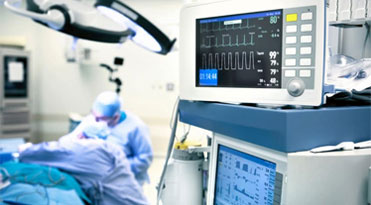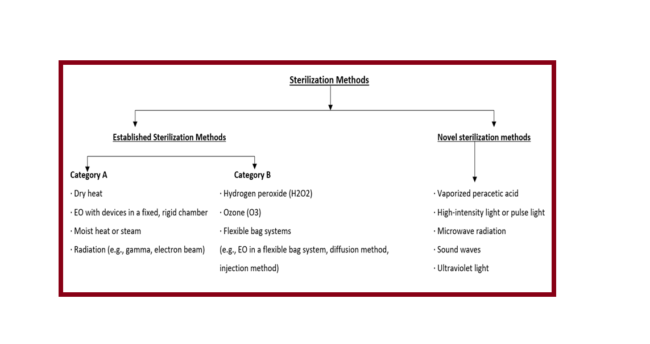FDA 510k Database
FDA 510k Database Navigating the Essential Resource for Medical Device Approval: The FDA 510k Database Subsequently, regulations governing the deal of medical devices are, for the most part, understandable to manufacturers. The FDA 510(k) Database is valuable for a broader look wherein one can get all the data related to the clearance status of…





